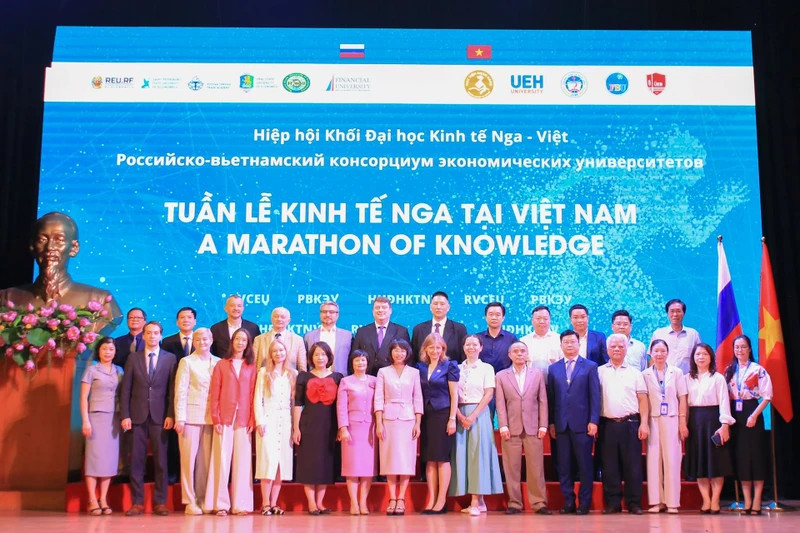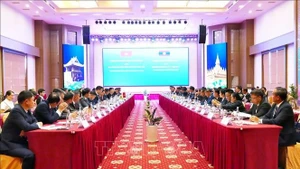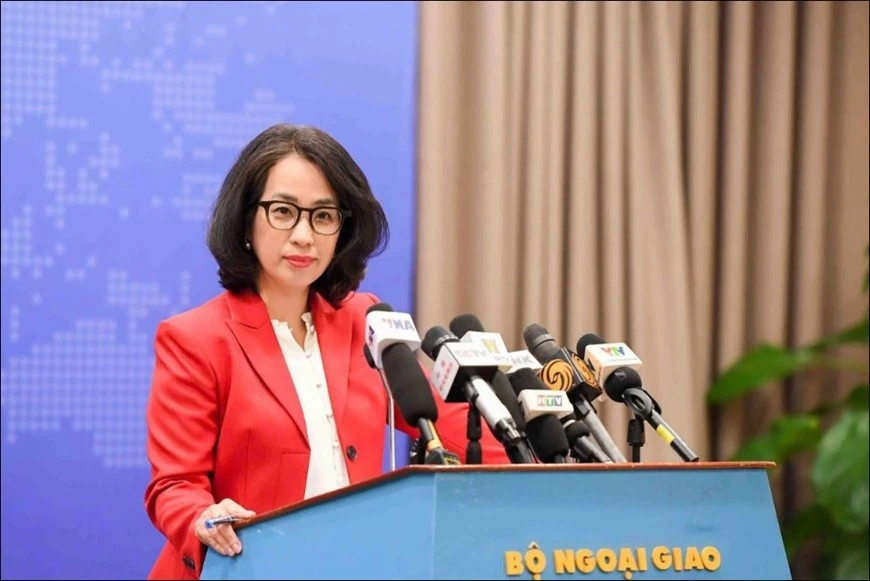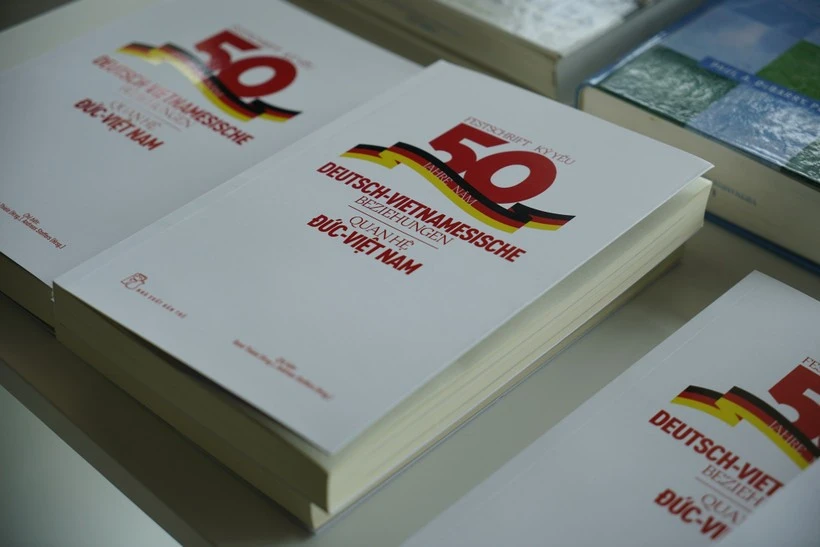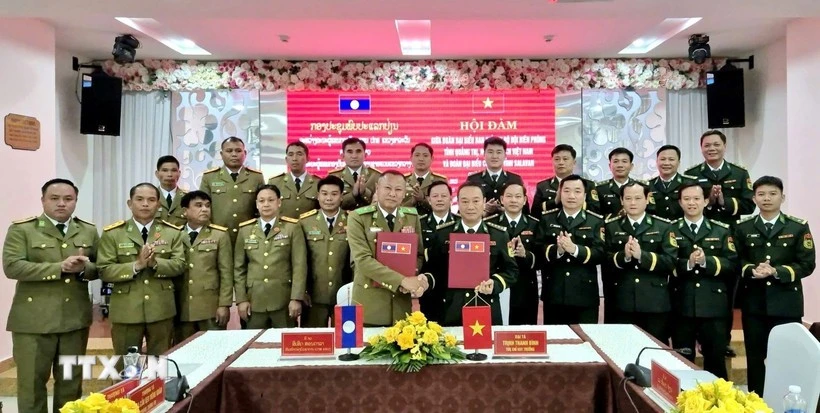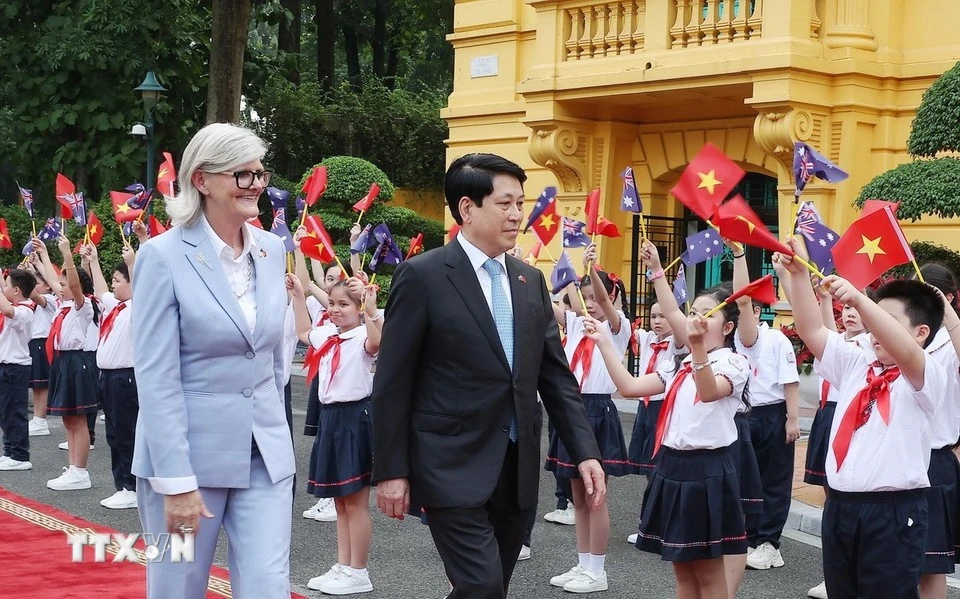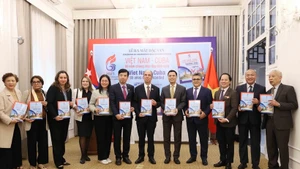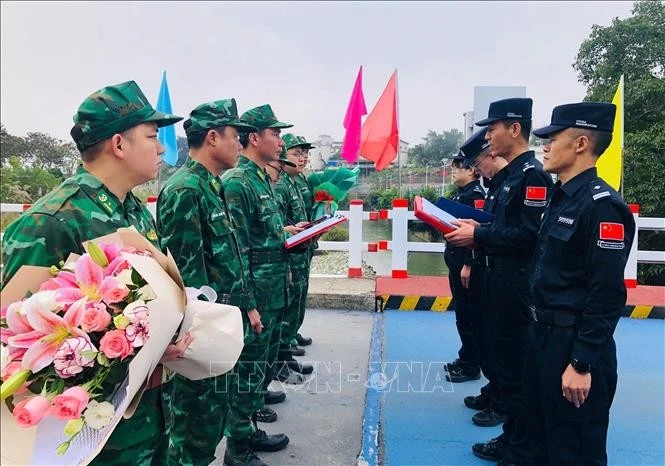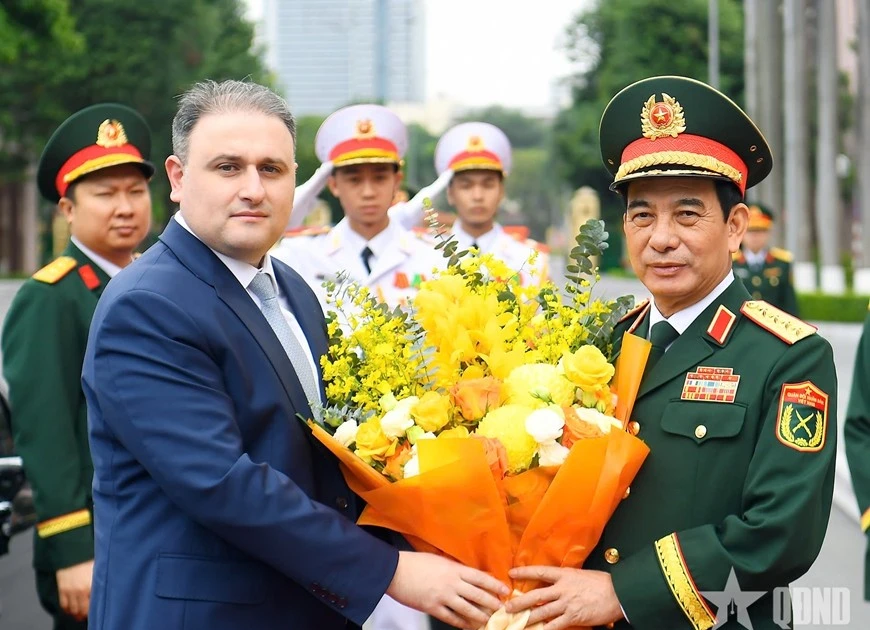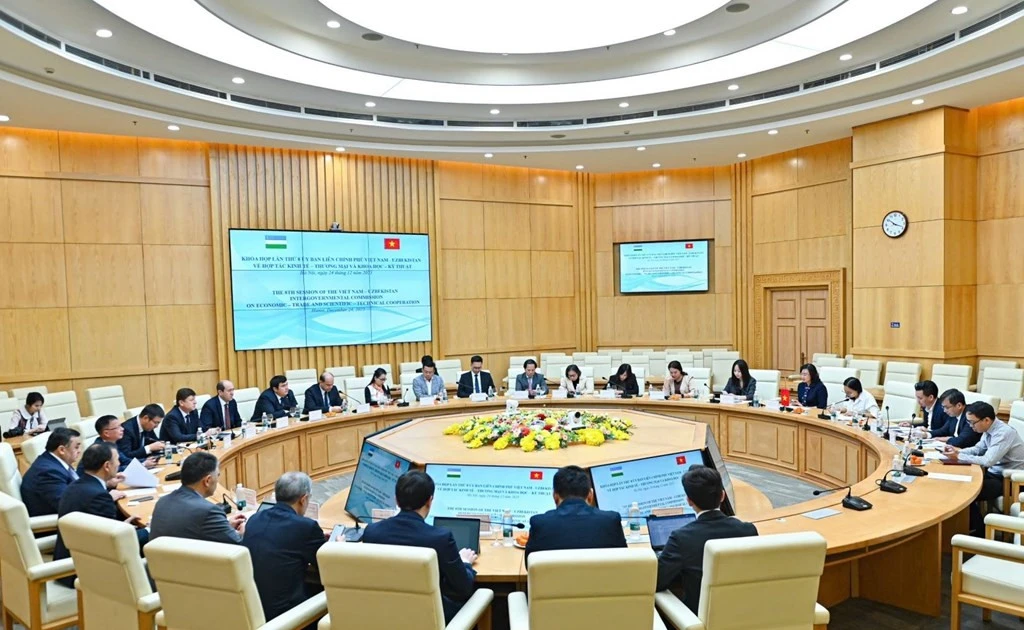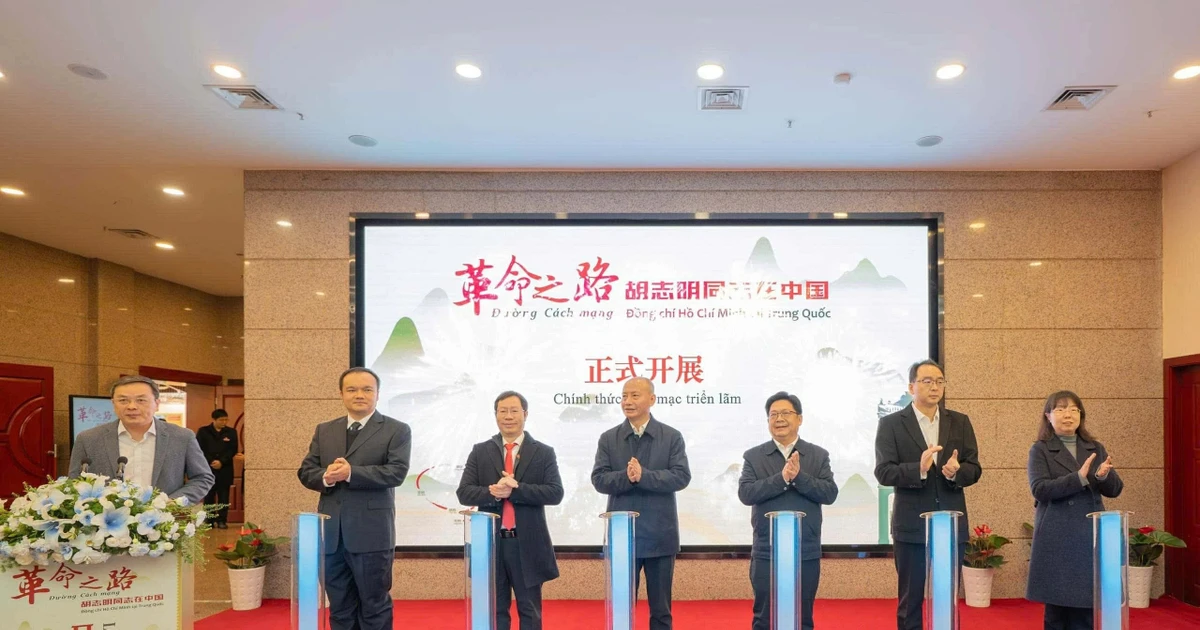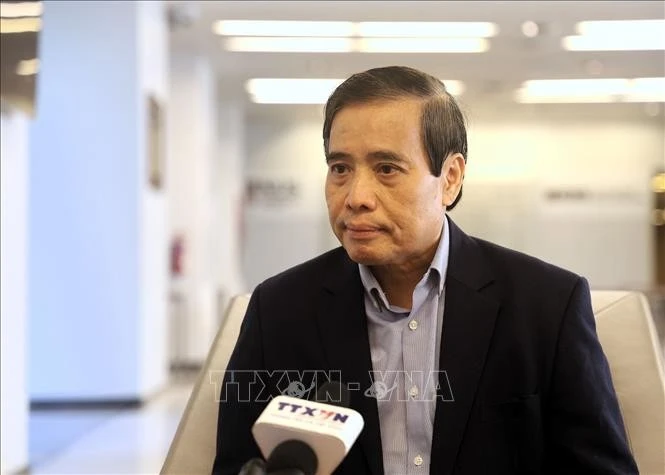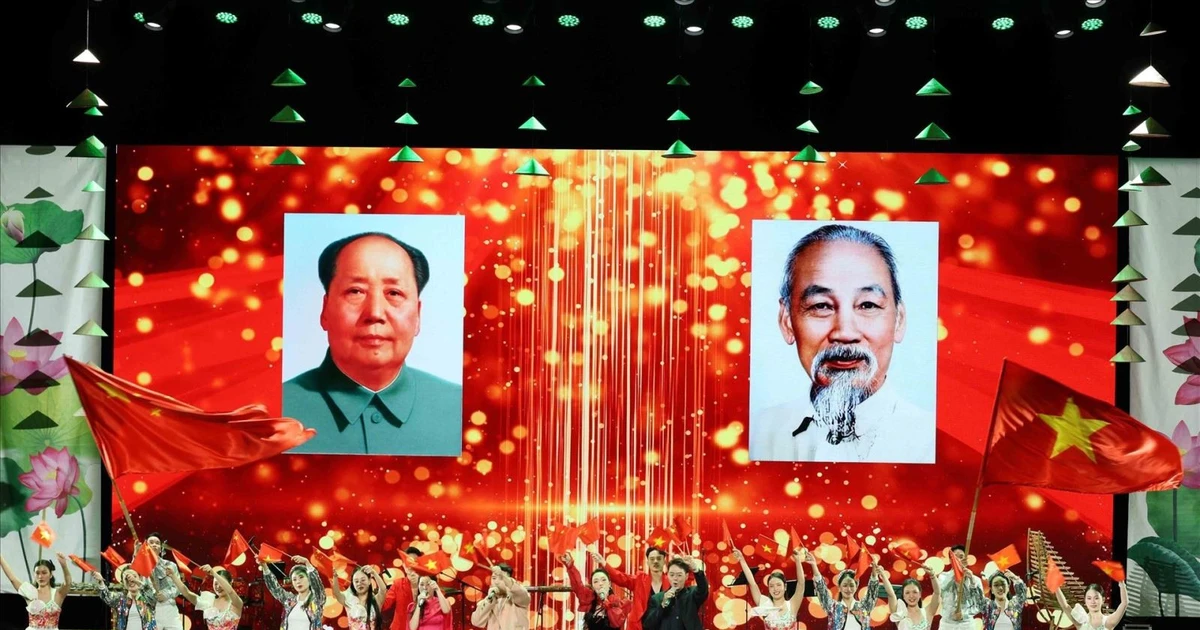The special bond between the Vietnamese and Soviet people in the past—and now the Russian people—stands as a shining symbol of international solidarity and deep friendship.
Soviet experts once stood shoulder to shoulder with the Vietnamese in constructing key infrastructure that laid the foundation for post-war socio-economic development. Major projects such as the Hoa Binh Hydropower Plant and the Thang Long Bridge, built with Soviet support, continue to operate effectively to this day.
Moreover, thousands of Vietnamese officials trained in the Soviet Union have become core leaders and top-tier experts, playing crucial roles in building and defending the Socialist Republic of Viet Nam.
The signing of the 1994 Treaty on the Fundamental Principles of Friendly Relations marked the beginning of a new era in Viet Nam–Russia relations. It paved the way for establishing a Strategic Partnership in 2001, which was later upgraded to a Comprehensive Strategic Partnership in 2012, strengthening ties in depth and substance.
Viet Nam has consistently considered Russia one of its top-priority foreign partners and remains committed to maintaining the traditional, robust friendship for the mutual benefit of both peoples, as well as for peace, cooperation, and development in the region and the world.
Russian Ambassador to Vietnam, Gennady Stepanovich Bezdetko, affirmed Russia’s strong commitment to advancing its strategic partnership with ASEAN, with Viet Nam regarded as a key partner in Southeast Asia.
Over the past 75 years since the establishment of diplomatic relations, the cooperation and friendship between Viet Nam and the former Soviet Union—and now the Russian Federation—have remained close and fruitful. Thanks to the tireless efforts of generations of leaders and citizens from both countries, Viet Nam and Russia have made remarkable progress in joint development.
Recently, traditional friendship and the Comprehensive Strategic Partnership have been further enhanced through dynamic exchanges and meetings between high-ranking leaders. Numerous cooperative mechanisms have been established and refined across all fields, including diplomacy, security, defence, economy, trade, investment, science, and education.
With strong support from senior leaders, bilateral relations have progressed positively despite global uncertainties. In 2024, two-way trade reached 4.58 billion USD, a 26.1% increase over the same period in 2023.
Defence and security cooperation continues to be a key pillar of the bilateral relationship, with diverse and expanding initiatives. Meanwhile, collaboration in education and science–technology remains active under the Viet Nam–Russia Committee on Educational, Scientific, and Technological Cooperation.
Another vital link between the two nations is the warm, enduring people-to-people bond. Vietnamese Ambassador to Russia, Dang Minh Khoi, noted that growing numbers of Russians are interested in Viet Nam, while many Vietnamese hold deep affection for Russia and its culture. This shared sentiment provides a solid foundation for future generations to carry forward the spirit of friendship and solidarity.
After 75 years of partnership, Viet Nam–Russia relations have achieved remarkable milestones. With a strong foundation built over decades and continued efforts by leaders and citizens, this traditional friendship and comprehensive strategic partnership are poised to reach even greater heights, reflecting the vast potential for bilateral cooperation.
